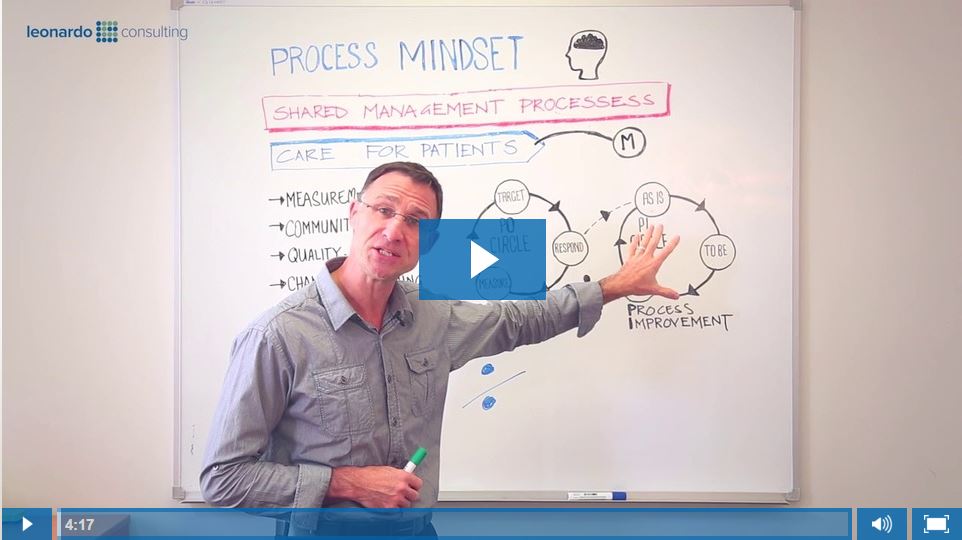The Process Session is a weekly video series posted on The Leonardo Blog that discusses all things BPM and Enterprise Architecture.
Today, Marco talks about Process Mindset.
Please let us know if you have any ideas for future topics for The Process Session.
Video Transcription - Process Mindset
Thank you again for joining me in The Process Session.
We’re talking about the 7Enablers of Business Process Management (BPM). We’ve spoken about:
- Process Architecture – where do the processes live?
- Process Measurement – what are the critical few process we want to measure and what are the correct measures for them?
- Process Governance – what is the role of the process owner? How do they set certain targets and make sure that they are measured properly and responded to correctly? How do they ensure that they remain in that loop to ensure the processes are continually aligned?
- Process Change – what can we do when processes come out of alignment? How do we embed change (which is central to process management) into the process improvement lifecycle so that we plan to have a successful outcome to our change projects.
From there, we realise that most projects impact people. If our team has a mindset that says “I don’t want to do this. I don’t like change…” - then we have to have mechanisms and a strategy in place to ensure that we can bring them along on the journey.
We think that 90% is mindset and 10% is toolset when it comes to changing people’s minds. It might not be a hard fact, but it certainly isn’t the other way around. So in order to do that, we want people who are:
- measurement friendly,
- community focused – not focused just on themselves,
- quality motivated – they want to do the best they can and they want to know what they need to achieve and how they need to achieve it,
- change welcoming – because change is constant,
- challenge addicted
- action oriented.
That’s the kind of attributes that we want in the 90% of the mindset change in an organization to continually change with our environment.
So what are some of the things we can put in place that will drive more of this change-positive behaviour and less of the fear-driven behaviours?
- get together in round-tables or community groups outside of your organisation
- get alongside of people that think in the same sorts of ways and be energized by their enthusiasm
- create process improvement discussion groups within your own organisation – set these up on regular time (lunch breaks, afternoon coffee breaks) and raise awareness of various methods within your own organisation
- make available libraries of documentation and repositories which include success stories that articulate how change can have a positive impact on organizations
- create scoreboards within your organization that you can point to and look at to see how various processes are responding to the measures, and reward the teams and individuals who are involved in these processes for achieving those outcomes. We want performance measurement systems in place that can drive the correct thinking and behaviour to achieve the best outcomes out of our processes.
- organise idea-schemes across the organization, but make sure they are focused and ones that work.
These are the key things that you can to help embed in your organisation to ensure we get the right process mindset to drive the correct process improvement.
So until next time where we discuss Process Capability you have a great week. Thank you.





